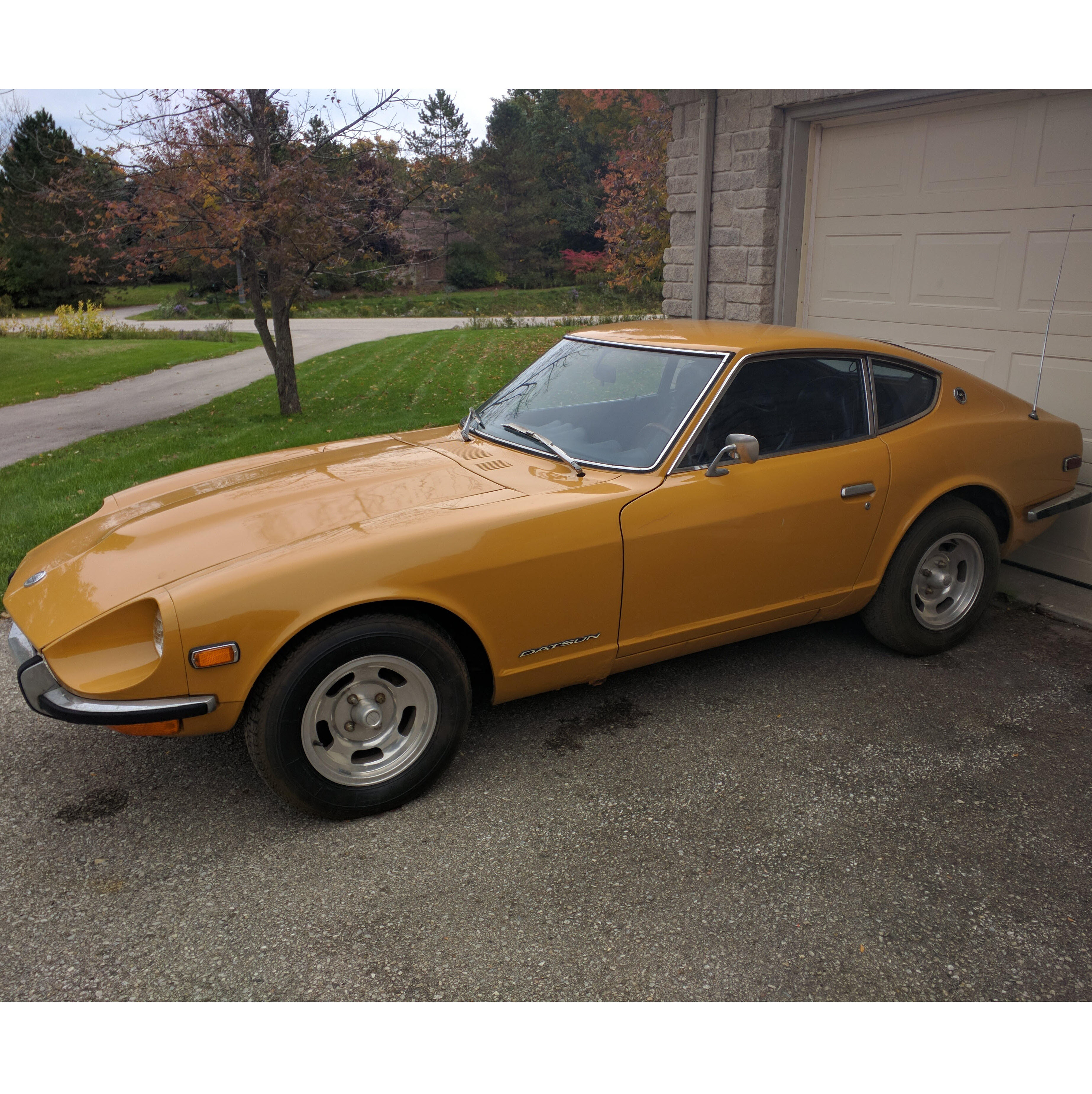Working backwards, the insulation kit is from Collectors Auto Supply. I bought a box of Dynamat to augment the kit because I didn’t feel that it was quite enough, particularly the roof, which you have to completely cover so you don’t see lumps through the headliner.
No, I didn’t presssure test the vacuum tank. I did a thoughough visual inspection, which, granted, may not be adequate, but I’m trying to get the engine stated asap, so I’ll find out if it’s leaking long before the interior panels go in.
I decided to keep mine in the car after reading that the system allows vapors to expand and condense in a way that maintains a certain amount of pressure in the system so that two things happen: 1. The fuel stays in the front of the car when the car is nose up on an incline so there is no delay in it arriving at the carburetors when starting, and 2. You don’t get sprayed with gasoline when you open the gas cap, hence the valved cap.
The routing is pretty efficient. The only way they could have avoided it is not having a port on the left side of the car (skinny end of the tank). Also, the hoses have to route in a way that the vapor tank lines don’t have a low spot that causes fuel to pool in the hose. You’ll see what I mean when you do yours.
Yes, there are a lot of hose diameters. I don’t know if it’s true for the hoses, but I’ve read that the hard lines are designed to keep pressure consistent and correct for the size pumps and carburetors in the car, meaning the return is the smallest. The vapor tank is probably also optimized for flow, so big fat hoses.
The hose that is going to give you the most trouble is the hooked one that goes through the frame from the vapor tank to the top of the gas tank. It’s one or two millimeters too small.
If you get the same hoses I bought, you’ll need 5mm x 3ft, 7mm x 3ft, 9mm x 10ft, 12mm x 10ft, and 17mm x 10ft. I also bought 3 feet of the 3.5mm just in case I need it later. Yes it’s weird that they sell metric hose SAE lengths.
 Subscriber
Subscriber 3Points1,282Posts
3Points1,282Posts
 Subscriber
Subscriber 2Points3,770Posts
2Points3,770Posts









